Exoplanets are so small and so far away from us that most of them have been discovered using indirect methods. We recently received a question from one of our readers about this.
If we were able to image the PDS 70 system, why can’t we image the ninth planet, the planets in the Centauri system (which are only 4 light-years away, unlike PDS 70, which is 320 light-years away), and the black holes closest to us? Obviously, black holes themselves are very small, but accretion disks can stretch over enormous distances.
Stepan
We answer Stepan’s questions.
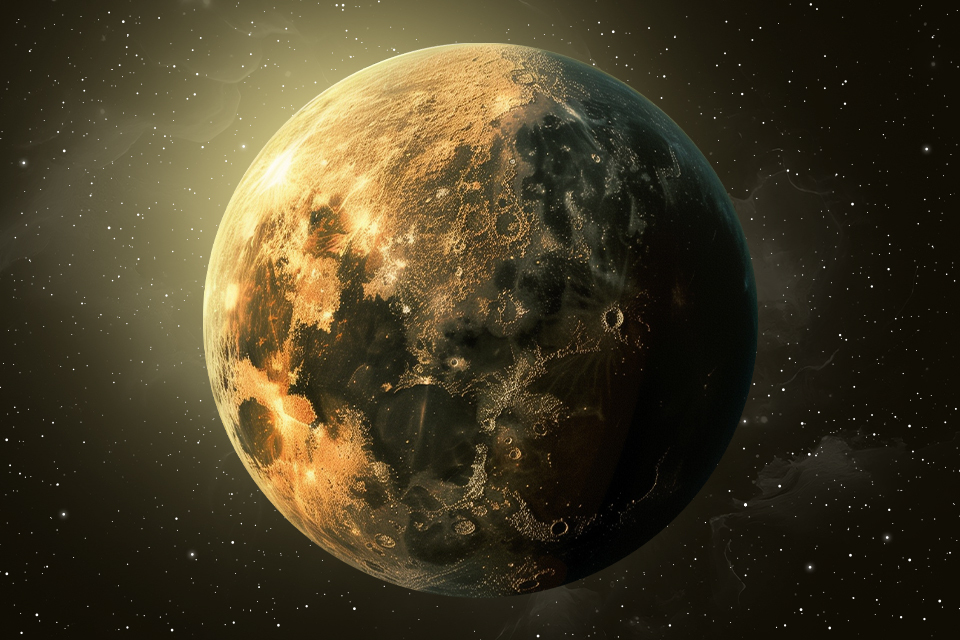
Why exoplanet discovery is an unreliable business
Today, scientists recognize the existence of just over 6 thousand exoplanets orbiting other stars. About 4000 more remain in the status of candidates. This statistic alone suggests that observing something that can be interpreted as a sign of an exoplanet and being firmly convinced of its existence are two very different things.
The thing is that planets are very small and far away from us. Those that are the size of the Earth are almost impossible to see. Large planets like Jupiter and Saturn are close to the limit of sensitivity of modern instruments, if the distance to them does not exceed several tens or hundreds of light years.
However, we mostly do not see these bodies either, because the light from their stars is much brighter. They simply get lost in it. That’s why scientists almost always use various indirect methods. Most often, these are either transits, i.e. the passage of a planet between us and the star, or the Doppler shift.
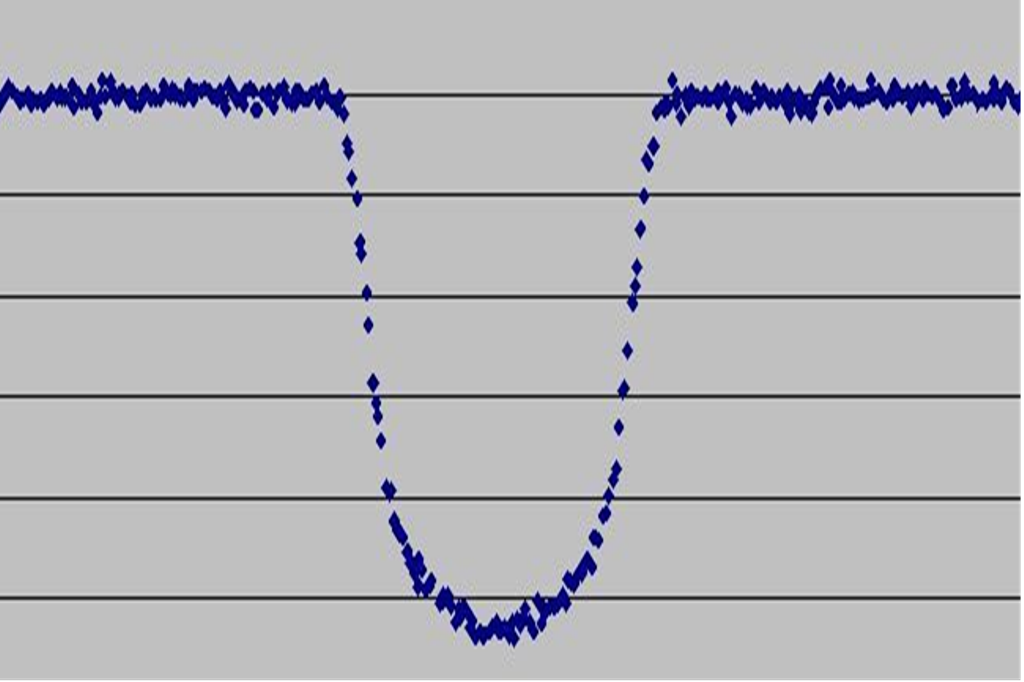
The latter phenomenon is that when a planet orbits a star, its gravity causes it to wobble. When the star moves away from us, the lines in its spectrum shift to the red side. When it moves towards us, they shift to blue.
It should be understood that both methods produce rather subtle effects. They can be caused by other factors, such as large groups of spots on the star. Therefore, it is possible to say for sure that the planet does exist only after the same phenomena are recorded several times at regular intervals. And it is desirable that different instruments do this.
The message that a planet has been “undiscovered” is related to this. In such cases, there is indeed a dimming of the star or a shift in the lines in the spectrum. However, further observations show that they coincide with the period of rotation of the star itself or disappear altogether over time. And then scientists conclude that it was not a planet, but a group of spots.
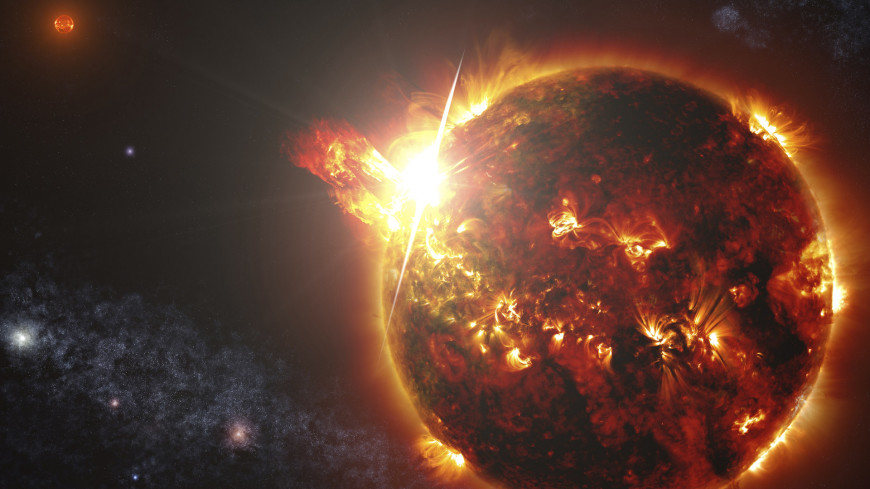
How images of planets are made
And yet, images of exoplanets do exist. This is usually done using so-called masks. These are fairly simple devices in the form of a special flap that blocks the light coming from the star. If you do this, you can see the planets that orbit the star.
However, this method has a number of limitations. The first is that the mask for each individual telescope and each individual star that will be observed on it must be made separately. This is because it must block its light to the maximum, but at the same time the space around the star must remain visible.
The second is that the mask can be applied only to the star at which the telescope is precisely pointed. This makes this method extremely inconvenient for the initial search for planets. After all, they can easily be in front of or behind the star at a certain moment. And you have to wait days and weeks for them to appear. All this time, the telescope must be aimed at this particular star and not do anything else. This is an incredible luxury for most modern telescopes.
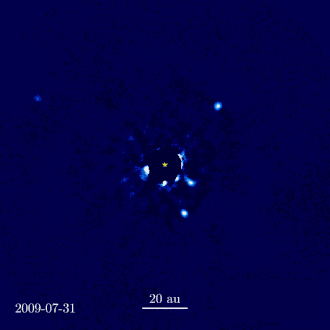
For comparison, when using indirect methods, dozens or hundreds of stars can be observed simultaneously. Finding a planet this way is much easier.
So why not search for exoplanets using transit and Doppler methods, and obtain their images by direct observation? This is what they are trying to do. The only problem is that it is easiest to get several reliable repetitions using the transit and Doppler methods when the planet’s rotation period is measured in days and weeks, i.e. it is closer to its star than Venus.
And the use of masks is effective mainly for distances from 10 to 100 AU, that is, when the exoplanet’s orbit has approximately the same radius as Saturn’s or more. And a small distance to the system is not very helpful here. Telescopes need the contrast of the planet with the background. And masks cannot provide it at such short distances.
In the case of Proxima Centauri, there is also the problem that the planet orbits only 7.3 million kilometers from the star. It is difficult to make a mask to completely hide the star and its planet.
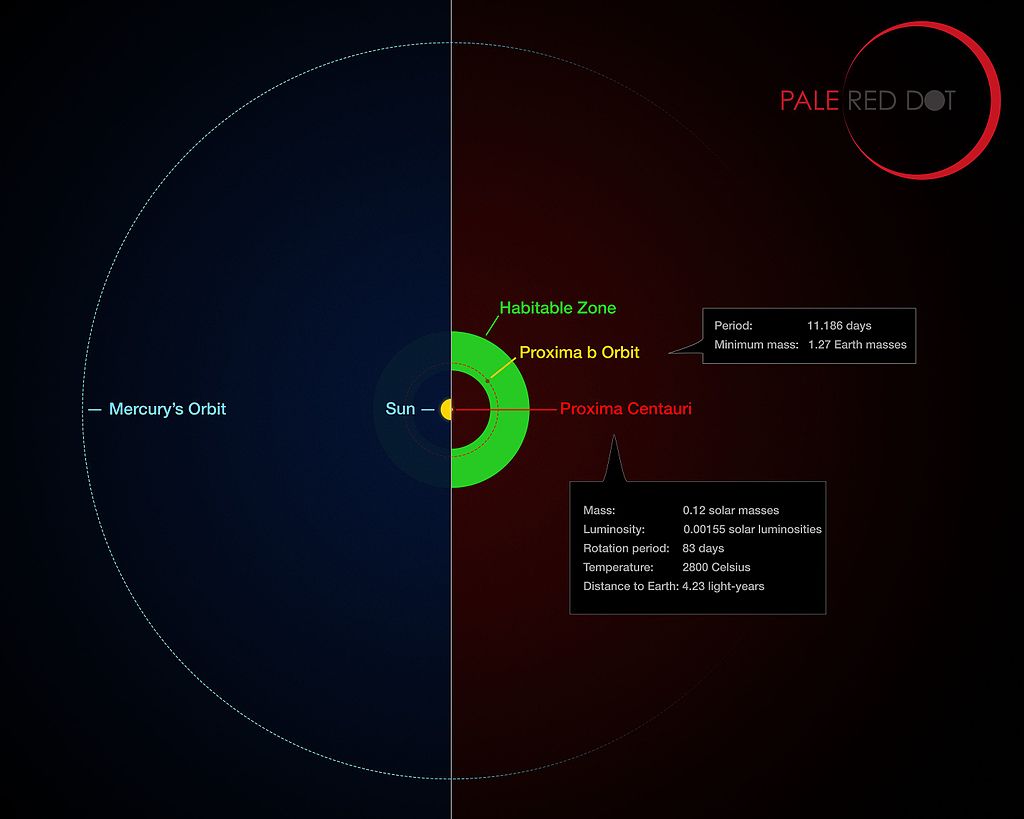
Protoplanetary disks
The star PDS 70 and other young stars are a special case. In this case, we are talking about stars surrounded by a protoplanetary disk. It is in this disk that planets are forming, and it is much easier to see them than even gas giants at great distances.
The fact is that they actively attract dust and gas, which results in a cloud around them that is many times larger than their diameter. On the other hand, such a planet effectively “cleans” the matter on its way.
Planets in systems like PDS 70 do not look like faint specks, but rather like disk thickenings, and move through gaps in the bright disk. And in this form, it’s really easy to get an image of them.
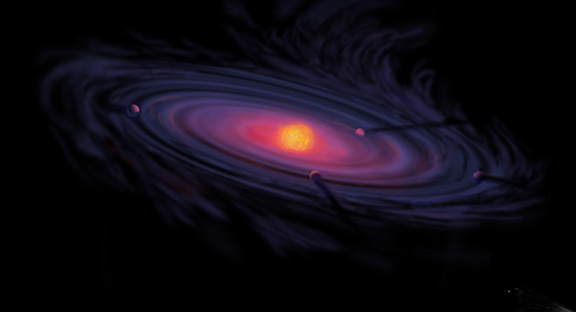
Disks around black holes
When it comes to accretion disks around black holes, we need to distinguish between their supermassive subspecies, which are found in the centers of galaxies, and stellar mass objects scattered among stars. Both can have accretion disks. However, they appear only when there is a stable inflow of matter.
In the case of supermassive black holes, this is almost always the case. So nowadays, no one will be surprised by their images. Stellar-mass objects also have accretion disks, and they are quite large. Their diameter can reach several astronomical units.
However, they occur only in close binary systems. In other cases, there is simply nowhere for the matter to form them. Therefore, astronomers have nothing to photograph. As for the binary systems containing a black hole, there are not as many of them as it seems. The closest ones are located thousands of light-years away.
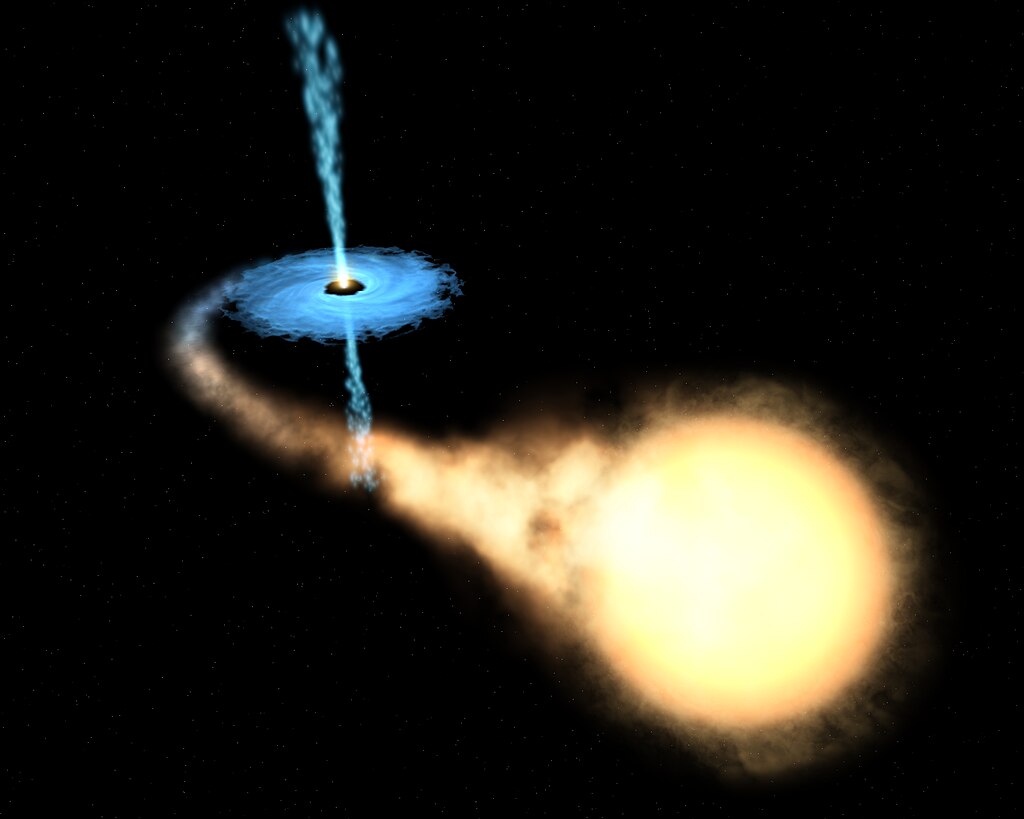
At such distances, astronomers can see accretion disks, or even the jets that feed them. However, it is extremely difficult to say whether they are associated with a black hole, a neutron star, or a white dwarf. All these objects are not easy to distinguish at such a distance.
It is worth noting that space imaging technologies are improving right before our eyes. Progress is being made, and it is quite possible that we will soon see both accretion disks and exoplanets in all their glory.

